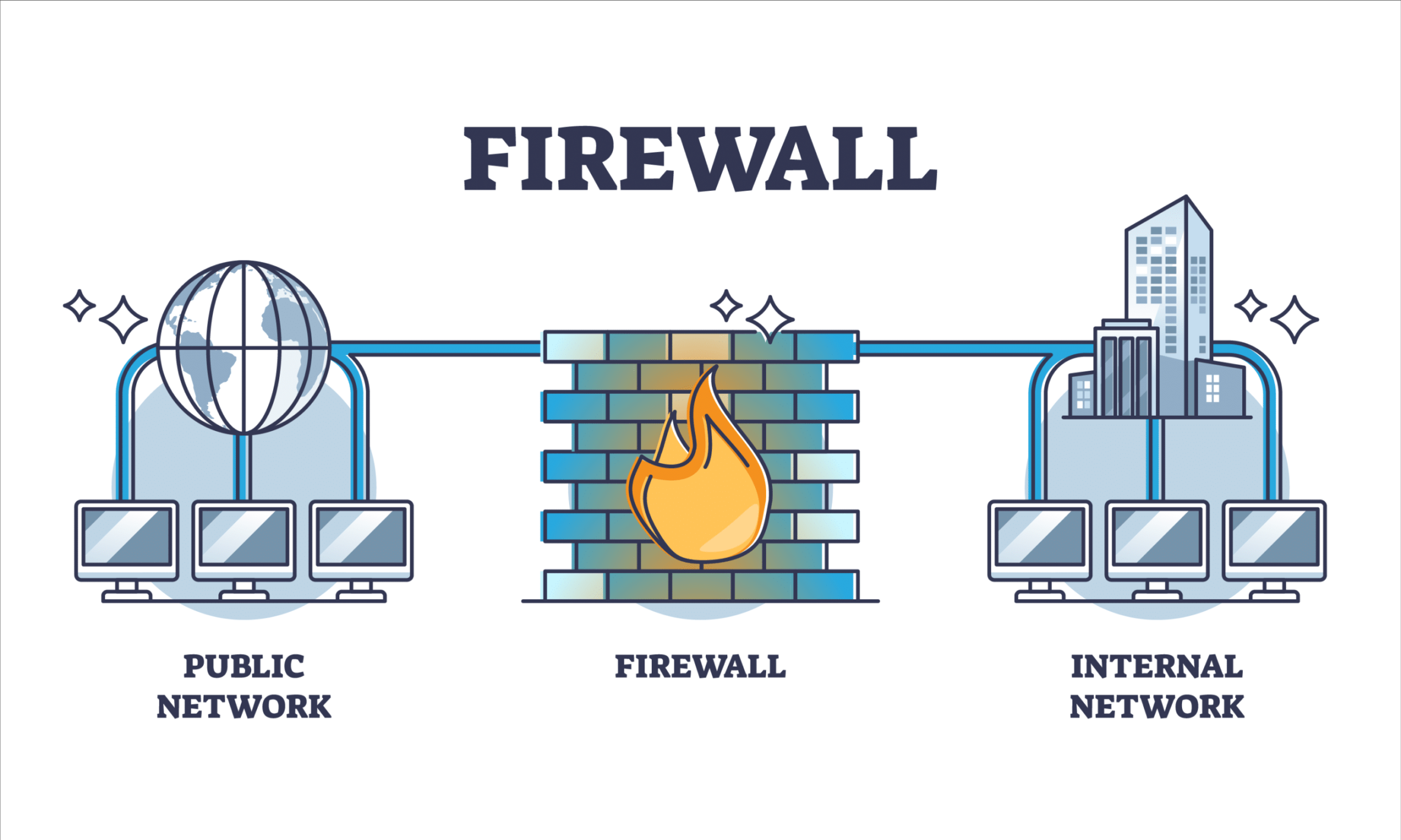Firewall Basics: Protecting Your Digital Fortress
Welcome to the exciting world of cybersecurity! In today’s digital age, it is more important than ever to protect your personal and sensitive information from malicious hackers and cybercriminals. One of the most essential tools in your cybersecurity arsenal is a firewall. In this beginner’s guide, we will explore the basics of firewalls and how they can help you keep the bad guys out of your digital fortress.
So, what exactly is a firewall? In simple terms, a firewall is a security system that acts as a barrier between your computer network and the outside world. It monitors and controls incoming and outgoing network traffic based on predetermined security rules. Think of it as the digital equivalent of a bouncer at a nightclub – only allowing authorized individuals to enter while keeping out potential troublemakers.

There are two main types of firewalls: hardware firewalls and software firewalls. Hardware firewalls are physical devices that are installed between your computer network and the internet, while software firewalls are programs that run on your computer or device. Both types work together to provide comprehensive protection against cyber threats.
When it comes to configuring your firewall, there are several key settings to consider. These include setting up access control rules, configuring intrusion detection and prevention systems, and enabling logging and monitoring capabilities. By fine-tuning these settings, you can customize your firewall to meet your specific security needs and preferences.
In addition to protecting your network from external threats, firewalls can also help prevent internal security breaches. By segmenting your network into different zones and implementing strict access controls, you can limit the spread of malware and prevent unauthorized access to sensitive data.
But the benefits of firewalls don’t stop there. They can also help improve your overall network performance by optimizing traffic flow and reducing bandwidth usage. By filtering out unnecessary or malicious traffic, firewalls can help ensure that your network operates smoothly and efficiently.
In conclusion, firewalls are a crucial component of any cybersecurity strategy. By implementing a robust firewall system, you can protect your digital fortress from cyber threats and keep the bad guys out. Remember, in the ever-evolving landscape of cybersecurity, staying one step ahead of the hackers is key. So, take the time to learn about firewalls and how they can help you safeguard your digital world. Stay safe, stay secure, and happy browsing!
Building Your Digital Defense: A Beginner’s Guide
Welcome to the exciting world of cybersecurity, where you can learn to keep the bad guys out with the help of firewalls. In this beginner’s guide, we will explore how you can build your digital defense and protect your online presence from cyber threats.
First and foremost, it is important to understand the role of firewalls in protecting your digital fortress. A firewall acts as a barrier between your internal network and the outside world, filtering incoming and outgoing traffic to prevent unauthorized access. Think of it as a security guard standing at the gates of your digital kingdom, only allowing trusted visitors to enter.
When setting up a firewall, you have two main options to choose from: hardware firewalls and software firewalls. Hardware firewalls are physical devices that are installed between your network and the internet, while software firewalls are programs that run on your computer or device. Both types of firewalls work together to create layers of defense against cyber threats.
To effectively build your digital defense, it is important to configure your firewall settings according to your specific needs. You can customize rules and policies to control the flow of traffic, block malicious websites, and monitor network activity. By tailoring your firewall settings, you can ensure that only authorized traffic is allowed to pass through, while keeping the bad guys out.
In addition to configuring your firewall, it is essential to keep it up to date with the latest security patches and updates. Cyber threats are constantly evolving, so it is important to stay one step ahead by regularly updating your firewall software. This will help to ensure that your digital defense remains strong and resilient against potential attacks.
Another important aspect of building your digital defense is understanding the different types of cyber threats that you may encounter. From malware and phishing attacks to ransomware and DDoS attacks, there are many ways that cybercriminals can try to infiltrate your network. By staying informed about the latest threats, you can better protect yourself and your digital assets.
When it comes to choosing a firewall for your digital defense, there are many options available on the market. From free and open-source solutions to paid and enterprise-grade firewalls, you can find a firewall that suits your needs and budget. It is important to research and compare different firewall products to find the best fit for your specific requirements.
In conclusion, building your digital defense with firewalls is an essential step in protecting your online presence from cyber threats. By understanding the basics of firewalls, configuring your firewall settings, and staying informed about the latest threats, you can keep the bad guys out and enjoy a safe and secure online experience. So, don’t wait any longer – start building your digital defense today and fortify your digital fortress against cyber attacks.



